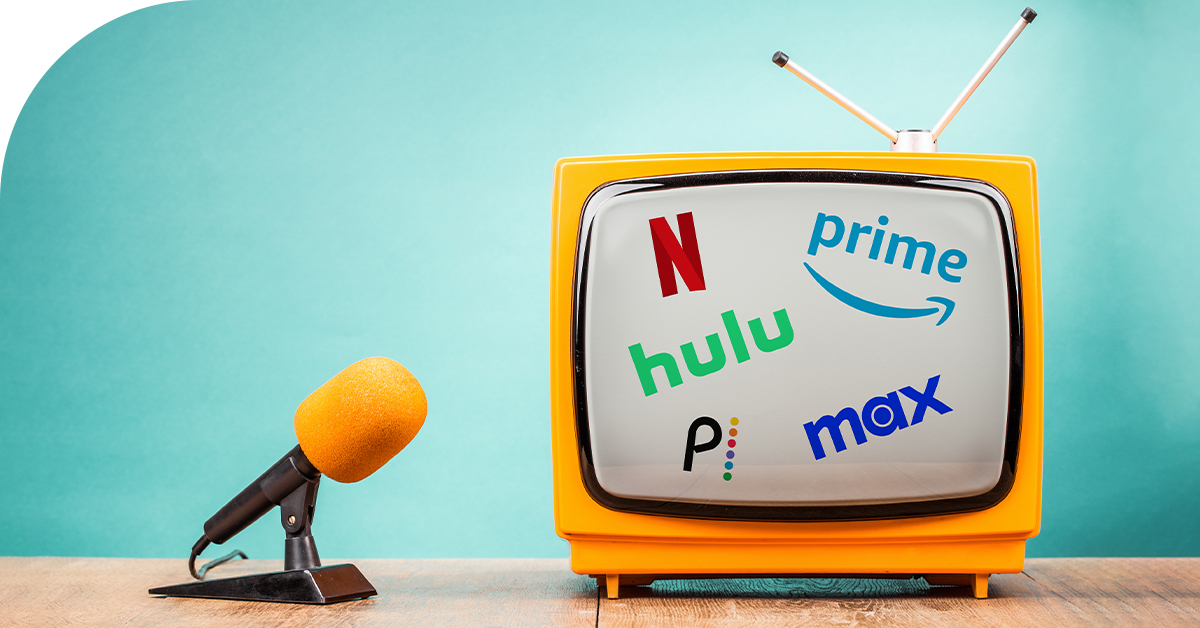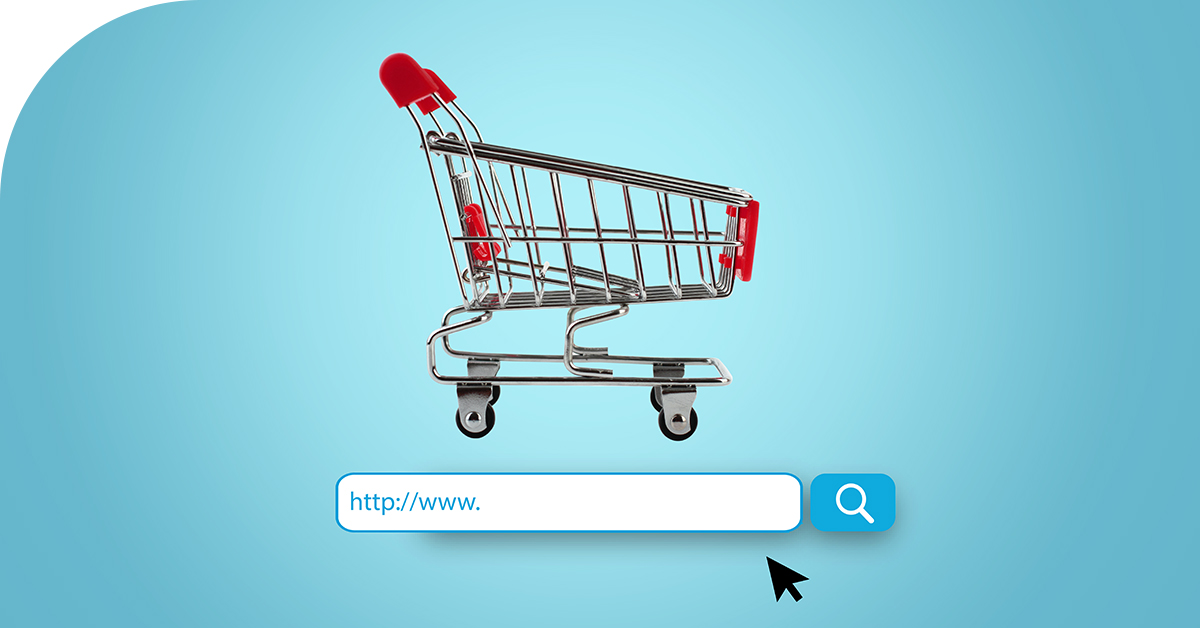Marketers of travel-related services were among the first ones to bear the brunt of the 2020 coronavirus pandemic when worldwide restrictions were put in place. As restrictions begin to ease, consumers have been looking for ways to start traveling closer to home.
For travel destinations, digital advertising strategies can vary greatly, but the one thing they all have in common is precise audience targeting’s ability to drive results.
We sat down with Monica Rich at Relic Agency to better understand how they put together digital advertising strategies for their travel destination client, Discover Bristol.
Kim Boshart, Product Marketer, Choozle: Let’s start with an explanation of your role at Relic Agency.
Monica Rich, Digital Marketing Specialist, Relic Agency: My role is Digital Marketing Specialist at Relic Agency. I run digital ad campaigns, gather analytics, and improve ad performance within pay-per-click (PPC), programmatic display, social media, email marketing, and SEO campaigns for clients primarily in the tourism industry.
Q: From your point of view, what impact has the coronavirus pandemic had on travel behaviors for consumers?
MR: In the peak of quarantine, travel was at a historic all-time low. Many travel destinations and tourism offices struggled to stay afloat, and many had to lay off employees and cut down budgets with such low demand. Fortunately, the team here at Relic Agency thought ahead and knew that once the travel ban would be lifted, the floodgates would open and demand would not only increase but skyrocket. We worked with multiple clients to develop and build out recovery campaigns that were ready to launch whenever that time came, and we could catch the wave of increased travel interest. That time certainly did come as cases went down, the travel ban was lifted, and the vaccine became readily available to the public. Travel is still on the rise (almost to pre-COVID levels) due to people wanting a vacation after being cooped up inside for so long, and it’s been interesting to see the trends evolve so dramatically.
Q: What kind of strategies and tactics do you use for your travel destination clients?
MR: Because every destination’s visitor profile is different, as is every destination’s needs, every digital media plan must be unique. We evaluate the destination’s needs and goals with each client, align them with the target personas, and map them to the right messaging and the right network. We build awareness within our personas through impression-based strategies like programmatic display, non-branded PPC, YouTube, and broader social media buys, as well as develop strong SEO on the website. We then move those audiences through the marketing funnel by serving them stronger calls to action (CTAs), such as visiting certain pages on the website, downloading a travel brochure, or signing up for a newsletter. We do this mainly through content marketing on social media buys and automated email marketing. Ultimately at the bottom of the funnel, we encourage consumers to book a hotel stay in the area through branded PPC ads and purchase-focused social media buys and email marketing, as well as measure actual foot traffic through geo-fenced display ads.
Q: How have these strategies and tactics changed over the last year?
MR: We have certainly had to adapt our strategies in this past year due to the pandemic. We shifted our focus to recovery campaigns for when tourism exploded again, and it was time well spent. That’s not to say we disappeared off the map; it was still important to serve low-intent awareness ads with soft messaging like “plan your vacation in the future when you’re comfortable,” so that customers didn’t forget about us. We even pushed content marketing like creating coloring and activity books for each of our destinations that kids and families could print out and use while in quarantine. Once we launched the recovery campaign, the messaging changed to something along the lines of “come have a safe vacation and get a breath of fresh air.”
Q: How has Choozle helped you execute your campaigns and strategies for your clients?
MR: Choozle has been very helpful in targeting unique audiences by using geo-fenced locations, contextual marketing via keywords, and even finding audiences that visited certain locations historically through their vendor Factual. We’ve been able to hyper-target with these tactics and get great results, proving campaigns’ success through conversion tracking.
Q: What are some of the benefits of being able to target specific audiences?
MR: Targeting specific audiences is key to a successful campaign; if you get too broad of a scope in your targeting, you essentially waste money on people who would never be interested in your product or service, no matter how well or how often you advertise to them. Narrowing down our audiences through Choozle’s tools allows us to fill the marketing funnel with the right pool of people and spend ad dollars towards those more likely to buy the product. To quote Adam Stoker, the CEO of Relic: “Good marketing is all about getting the right message to the right people at the right time.”
Q: How have these strategies helped improve your campaigns and performance?
MR: I think the first sign that changing our marketing strategies improved our performance is that not only were we able to stay afloat during the pandemic, but we were still growing as a company! With the successes of our current clients in their recovery campaigns, other DMOs reached out to us via response to our content marketing, and we were able to gain more clients and even acquire another agency. The key to our recovery campaigns was being adaptable and flexible. We had messaging, ad creative, and strategies that were ready to go whatever direction the campaign needed to take as the world changed so frequently around us.
Q: What are some of the challenges you face when implementing digital advertising?
MR: A tricky, unique challenge that tourism digital marketing faces is figuring out the best KPI to indicate success. Since the true conversion happens in the real world (visiting the destination) rather than something trackable online (like an e-commerce purchase on a site), there’s only so much you can do to figure out who in your funnel actually converted due to your digital marketing efforts. Sometimes there are ways like measuring transient room tax of hotels in the area or measuring foot traffic in a drawn-out conversion zone on a map, but most of the time you’ll have to measure conversion as someone downloading a travel brochure or clicking the “book a room” button on the website. It’s tricky, but as long as you think creatively, you’ll find ways to prove the success of your campaigns.
Q: Do you have any words of wisdom for other marketing professionals looking to come up with strategies for travel destinations?
MR: Always start your strategy by building out the marketing funnel! A buyer’s journey should be clearly mapped out by what tactics, channels, and messages you use to guide them from awareness to conversion. Don’t forget to include retargeting in your funnel; not only does it retain customers and coax them through conversion, but it also builds brand loyalty.
Q: Any final thoughts?
MR: Lastly, I’ll emphasize Adam Stoker’s phrase again because I love it so much: “good marketing is all about getting the right message to the right people at the right time.”









